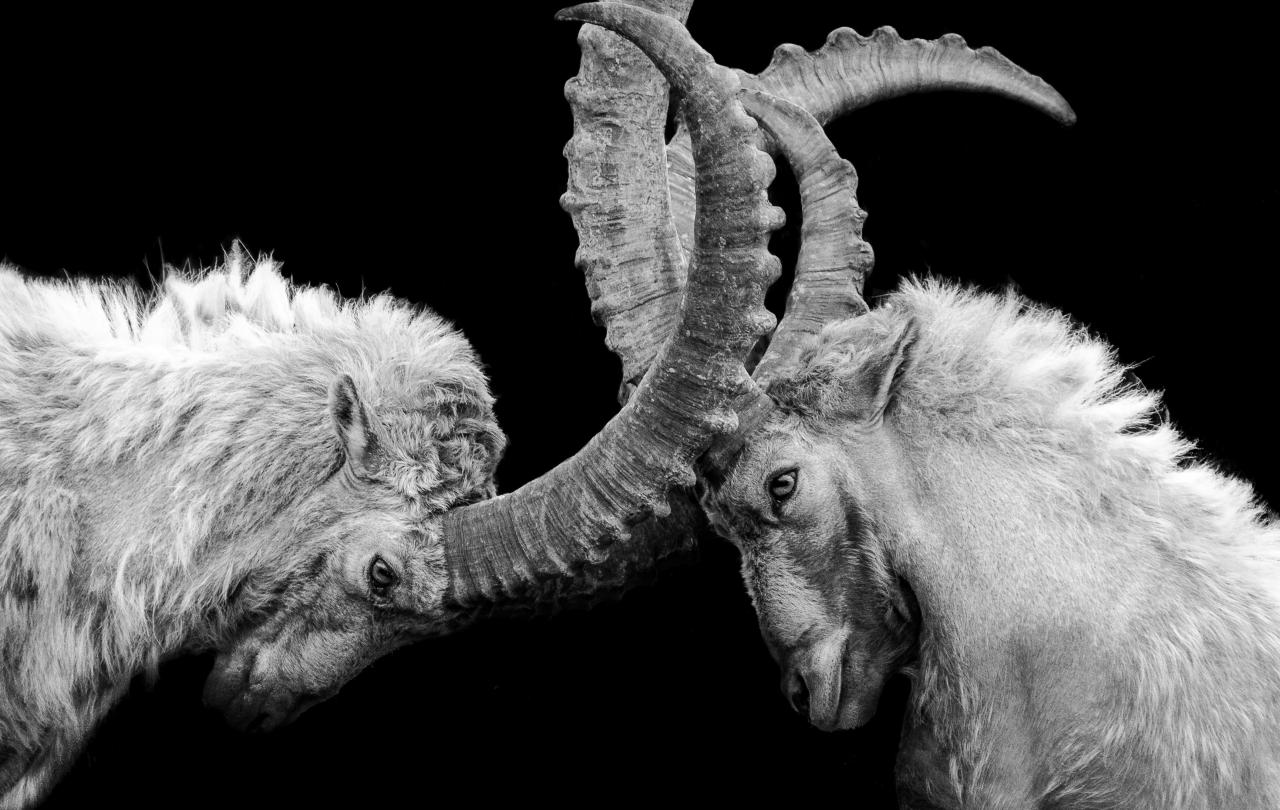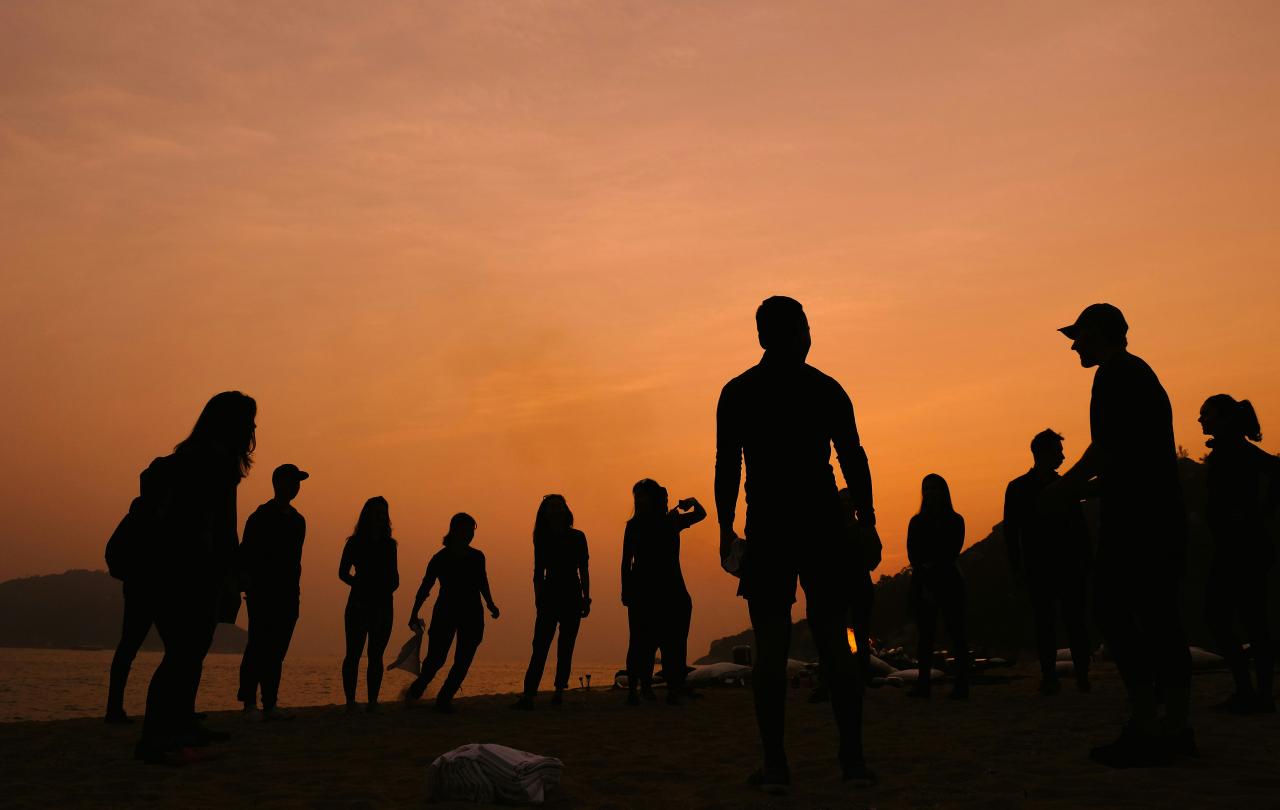
We often say these days that we are more polarised as a society than ever before. But we're wrong. Maybe the USA is experiencing a particularly sharp divide right now, but they have had their own, much more violent troubles in the past. And in Europe, and especially in Britain, we know a fair bit about culture wars that were literally that – wars.
In the 17th century, we English had our own civil war where we literally killed each other over religion and politics. We even killed a king. The French did something similar and even more vicious just over 100 years later. That is real polarisation. However spiteful Twitter/X arguments may get, I don't think Charles III or even Kier Starmer is quaking in their beds expecting to be put on trial for treason.
So maybe our history has something to teach us about how we navigate culture wars.
The literary critic Terry Eagleton once wrote of our age:
“the world is accordingly divided between those who believe too much and those who believe too little. While some lack all conviction, others are full of passionate intensity.”
We tend to think our contemporary divide between left and right, progressives and conservatives is something new. But we can find echoes of this in previous times.
A case in point was the mid-17th century – the time of many other upheavals in Europe. Part of the febrile atmosphere of the time saw fierce arguments between rationalists and sceptics.
There were at the time, two broad strands of thinking about the human condition. On the one had there were the ‘Dogmatists’ who were sure that they knew everything through use of reason or the application of philosophical or scientific method (like René Descartes). On the other hand, there were the ‘Sceptics’ who thought everything was random, or custom, and there is no final Truth to be found (like a figure from the century before – Michel de Montaigne).
Of course, our own time has its fair share of people with an overwhelming confidence in the power of human knowledge, and the physical sciences in particular, to unlock the secrets of life, the universe and everything. The ‘new atheist’ project of Richard Dawkins and friends was hugely confident in reason and its capacity to tell us all we need to know, dispatching religion to the dustbin of history and instead placing an unshakable faith in the empirical methods of science. It had - and has - definite similarities with this picture of human knowledge.
Yet on the other hand we also have, in the progressive postmodern project, those who reject any kind of underlying rationality or sacred order either above us or beneath us. For them, there is no underlying Truth to be discovered, and they delight in revealing the instability and illusory nature of any claim to truth. It sounds very much like the culture wars of our time.
One enigmatic 17th century figure charted a way through this dilemma - Blaise Pascal. When he looked at his century’s culture war, he thought both sides had a point. There is, he observed…
…open war between men in which everyone is obliged to take sides, either with the dogmatists or with the sceptics, because anyone who imagines he can stay neutral is a sceptic par excellence…. Who will unravel such a tangle? This is certainly beyond dogmatism and scepticism, beyond all human philosophy. Humanity transcends humanity. Let us then concede to the sceptics what they have so often proclaimed that truth lies beyond our scope and is an unattainable quarry, that it is no earthly denizen, but at home in heaven lying in the lap of God, to be known only insofar as it pleases him to reveal it.
So far, he says, the sceptics, like Montaigne, are right. Truth is beyond our grasp, it does not reside here on earth, openly obvious and ready to be found. If it exists, it exists in some world above us, beyond our reach. How do we even know if we are asleep or awake, given that when we dream, we are as convinced that we are awake as we are when we are truly awake?
And so, modern progressives, looking to dismantle the assumed results of previous understanding, due to its inherent colonial, patriarchal or abusive past, delight in showing how random and arbitrary is so much of what we take for granted from the past. And, Pascal would add, they have a point. Many of our legal, political and cultural assumptions are purely cultural and arbitrary, and sometimes simply serve to the advantage of the rich and powerful rather than the poor and marginalised.
Yet on the other side, the ‘dogmatists’, like Descartes, have their strong point, which is that we cannot doubt natural principles. The acids of deconstruction can only take you so far. The most sceptical philosopher still puts the kettle on assuming that it will boil to make a cup of tea. She gets up in the morning assuming that the sun will rise and set again at the end of the day. Despite the corrosive effects of scepticism, Pascal wrote,
“I maintain that a perfectly genuine sceptic has never existed. Nature backs up helpless reason and stops it going so wildly astray.”
Despite all our doubt, we still live in a world with order and predictability. Scepticism keeps bumping up against reality.
So, modern conservatives point to a deeper ‘givenness’ to things, an order within the natural world that we did not create, and yet, mysteriously, seems to be prearranged before we got here. Scientific exploration does make sense. There is a regularity to nature that we can, indeed have to, depend on. Sexual differences exist and can’t be ignored. We are not entirely free to override the natural order of things - there is a deeper rhythm to nature and its capacity for renewal that we only mess with at our peril, as climate change has taught us. As a result, the age-old battle between rationalists and sceptics, progressives and conservatives, will never find resolution, as the arguments flow back and forth.
Christian faith includes both progressive and conservative impulses. It can make sense of both of them. Christians are aware of the brokenness of the world and therefore long to see it changed. The progressive impatience with the way things are, and the yearning for a better world has its roots in Christian faith.
Yet at the same time, Christianity discerns a divinely created order to the world, a rhythm to the natural world, that cannot be broken and needs to be respected. Therefore, an inherent conservatism is part of Christian faith as well. In other words, the Christian story can explain both and offer a bigger picture than either.
For Pascal, Christianity offers a diagnosis for this mystery of the human condition, the complex mix of grandeur and misery, infinity and nothing, sceptic and rationalist, in the simple, yet endlessly generative idea that we humans are gloriously created, deeply fallen and yet offered redemption through Jesus Christ. Our sadness is heroic and tragic. In Pascal’s suggestive image, it is “the wretchedness of a great Lord, the wretchedness of a dispossessed king.”
“We show our greatness,” says Pascal, “not by being at one extreme, but by touching both at once and occupying all the space in between.” For him, the very existence of such culture wars points to the truth of the Christian diagnosis of the human condition.
Pascal offers us a way between the Scylla of Progressivism and the Charybdis of Conservatism – or perhaps better, to embrace the best of both. Culture wars are tricky to navigate. Yet they might find resolution if we allow them to point us to a deeper reality - our strange mixture of greatness and sadness. And not losing sight of either side of this enduring truth.
Graham Tomlin is the author of Blaise Pascal: The Man Who Made the Modern World (Hodder) £25.
Watch Graham explain why he is fascinated by Pascal.
Celebrate our 2nd birthday!
Since March 2023, our readers have enjoyed over 1,000 articles. All for free. This is made possible through the generosity of our amazing community of supporters.
If you’re enjoying Seen & Unseen, would you consider making a gift towards our work?
Do so by joining Behind The Seen. Alongside other benefits, you’ll receive an extra fortnightly email from me sharing my reading and reflections on the ideas that are shaping our times.
Graham Tomlin
Editor-in-Chief





